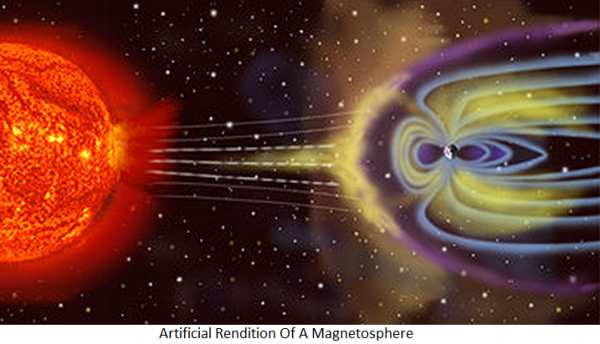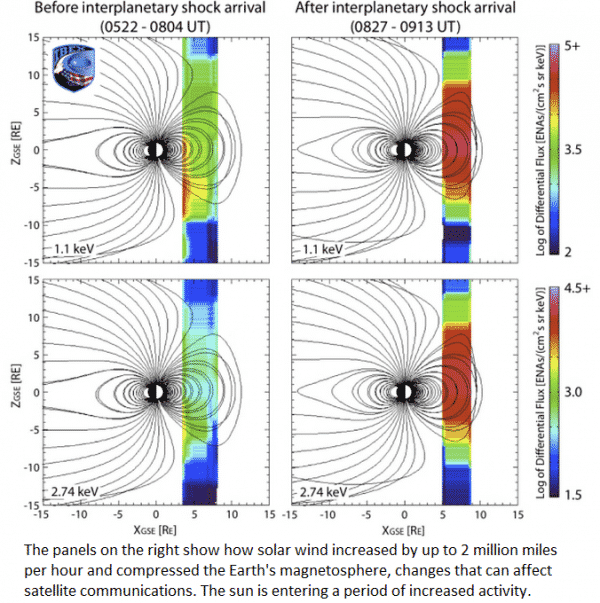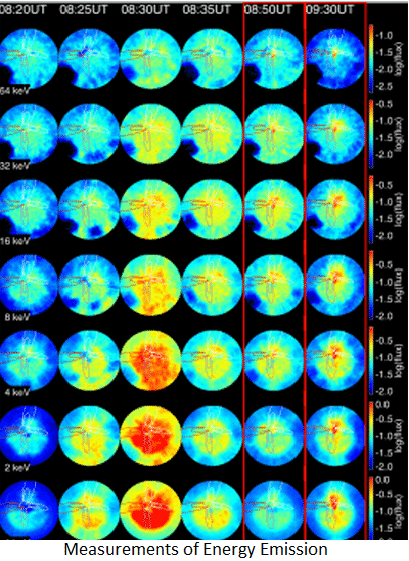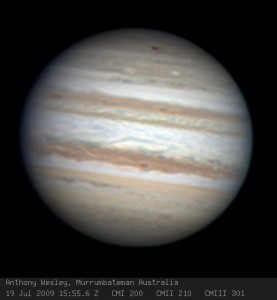Our planet earth is surrounded by a magnetosphere. A magnetosphere is formed when a stream of charged particles like the solar wind interacts with and is exchanged by the own magnetic field of a planet or similar body. Recently, researchers have created some pictures. These pictures show that how solar storms compress our planet’s protective magnetic field. No doubt, these findings may help improve communications satellite design.
Researchers have revealed some images of how the solar explosions affect the protective magnetic shield around the Earth when solar storms increases. The Southwest Research Institute published some visualizations on 27 March, 2012, that show how strong solar storms temporarily compress the magnetic field that surrounds the Earth. The researchers studied the impact of solar storms on the magnetosphere. It provides sagacity into how satellites could be affected.
Researchers of Southwest Research Institute collected some data from NASA‘s 2 spacecraft named Two Wide-angle Imaging Neutral-atom Spectrometers (TWINS) and Interstellar Boundary Explorer (IBEX). The fact is, TWINS and IBEX both provided different perspectives on the same event. The IBEX images were from a distance of about 180,000 miles while TWINS provided images from the inner magnetosphere at 28,000 miles.
Moreover, the above data showed that 15 minutes after impact from the solar storm’s energy, trapped particles moved toward the poles of the Earth’s atmosphere. Therefore, finding different result in datas, researchers created a picture of a solar storm from 2010.
David McComas, assistant vice president of space science and engineering at the Southwest Research Institute said, “If satellites drift from their orbits, they could potentially collide or, more likely, get close enough to interfere with each other’s radio communications. This imaging gives us a better global picture of the evolution of the magnetosphere especially of the processes by which the Sun injects energy into the magnetosphere than has ever been available before. It’s a cool combination of two data sets that opens the door to much more sophisticated global studies.”
To know more details about this, click here.
Source : Southwest Research Institute
Image Credit : Southwest Research Institute
[ttjad]





